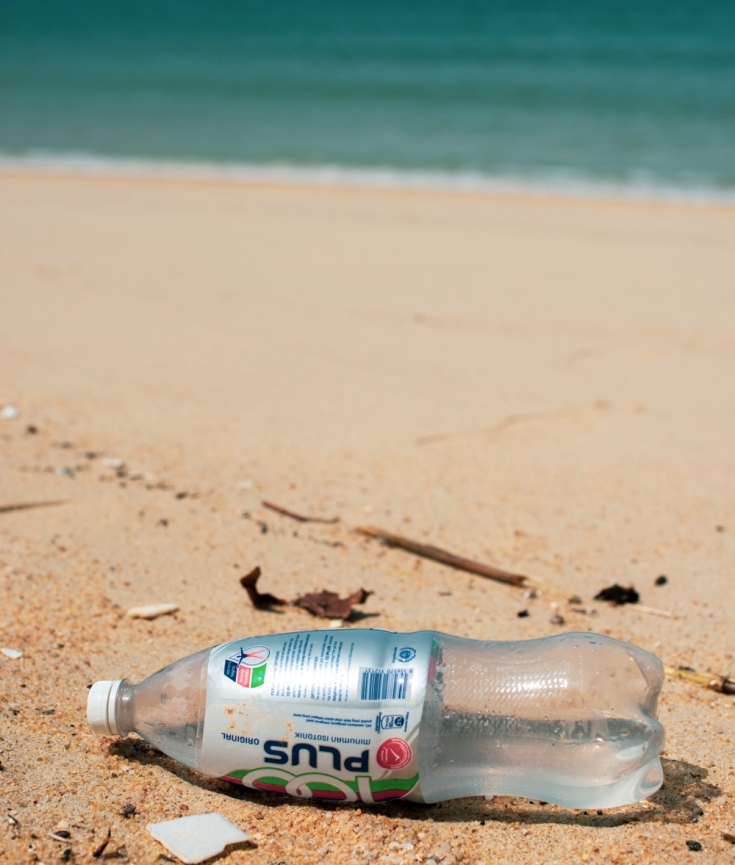Anger, to me, isn’t a flaming inferno. Instead, it’s more like drip, drip resentment that builds up over time until the water level becomes menacing.
Anger is like an overwhelm of flood, from the rivers and brooks that couldn’t contain the onslaught of rain anymore.
In the beginning, the anger flares up in small doses. These are often ignored, like mini flash floods in the inner cities. Eventually it will burst into a violent eruption, smashing and dragging everything – good, bad and innocent – downhill.


“Anger is like an overwhelm of flood, from the rivers and brooks that couldn’t contain the onslaught of rain anymore.”
The worst flood of our generation
At the time of writing this, I’m dealing with my own anger issue brought by the recent flooding disaster in Malaysia.
Super Typoon Rai had pummelled through Southeast Asian countries, displacing thousands in the Philippines and Malaysia. In Malaysia, the downpour from December 17th to 18th amounted to a month’s average rainfall.
Reports cited muddy water up two three-storey building in height, bombing down from the hills carrying gigantic shards of broken timbers into residential areas. Even thick-skinned crocodiles left the water to seek refuge on dry land. No life, wild nor tame, could withstand the deadly water stampede.
The official rescue efforts arrived late, much to the anger of the nation. The country’s death tolls crept up to over 50 and still counting. Volunteers and emergency services are still digging through thick mud to salvage belongings and looking for missing loved ones.


Rocking the boat
The disaster is dubbed as Malaysia’s ‘once in 100 years’ flood, meaning it’s the worst flood that ever happened in our generation. Over 60,000 people were displaced overnight.
Experts believe that the flood would impact the country’s economy more than the threat of Omicron.
The scale of the disaster could’ve been prevented with a proper land management policy, respect for the environment and sound business ethics. Alas, we’re not there yet.
What’s interesting about this tragedy is that around half of the deaths are from the state of Selangor, the most developed land area occupied by high-rises.
“Throughout the country, many of the forest-covered hills were mowed down to make way for new developments and timber logging activities.”
Cosmopolitan hubs such as Klang Valley and Federal Territories’ Kuala Lumpur are Southeast Asian’s architectural showcases, boasting the sleek megastructures and state-of-art buildings by renown firms. None of them have the matching rainwater drainage systems nor superior waterways management that could deflect a catasthrophe like Typhoon Rai.
Residential and commercial wastes are often tossed into the rivers, clogging up the waterways like harmful fat in the arteries. Indeed, one of the areas with the highest death toll, Taman Sri Muda, has a faulty sluice gate clogged with sediments.


Throughout the country, many of the forest-covered hills were mowed down to make way for new developments and timber logging activities. There are simply not enough trees to hold the natural water reservoirs on the hills to prevent the mudslides during heavy monsoon.
“We see the annual monsoon as an inconvenience. We live in denial of the fact that Malaysia is situated near the Equator and surrounded by the sea, so there’s no real dry season.”
Our forgotten relationship with water
As a nation, we’ve forgotten our relationship with water. We treat the rainfail like an enemy.
The clue is in the Malaysian word for homeland – “tanah air.” It literally translates as “land water.” It means we’re supposed to live on both land and water equally.
Yet, many Malaysians today would feign surprise every time the floods come visiting.
We see the annual monsoon as an inconvenience. We live in denial of the fact that Malaysia is situated near the Equator and surrounded by the sea, so there’s no real dry season. It receives an average of 2,000 mm (79 inches) rainfall per year. That doesn’t stop some developers from building over lands gazetted for reserve rainforests.
Our ancestors had a healthy respect for the monsoon. That was why they built the houses on stilts and lived on house boats. Our nation was known as “orang laut” or “sea people” until the British colonisers thought we were better off working their cash-crop plantations.



“The clue is in the Malaysian word for homeland – “tanah air.” It literally translates as “land water.” It means we’re supposed to live on both land and water equally.”
Of course, this wasn’t a convenient way to live. I’m not suggesting that we should add building banana trunk raft as a compulsory life skill, like our grandparents did.
In this technology and drone age, we could afford to be sustainable without compromising our environmental identity. Malaysia has many excellent academic institutions and clever minds to steer the country into the right path.
As the rain subsides, I hope our hearts won’t hardened like the thick mud covering the flood victims’ houses. Let’s transform our collective anger into a better energy to start again.

Written on 27th December, 2021 on Christmas Bank Holiday. Photographs on After the Rain were taken over the period of several years as a long term observation on the ecosystem. It’s an ongoing project.
“As a nation, we’ve forgotten our relationship with water. We treat the rainfail like an enemy.”

